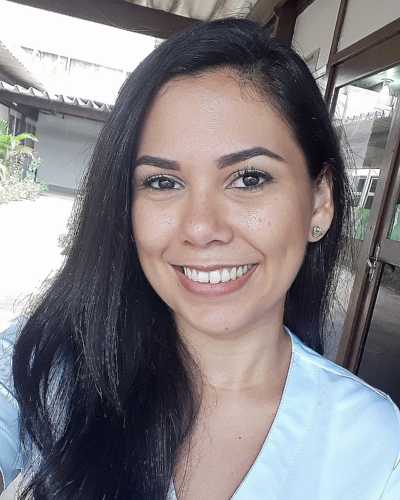Now published, see the full article 
Early Abstract:
Introduction: The uniqueness of rural riverside populations’ way of life triggers interest, since they are the largest traditional Amazonian population. Its eating habits unveils this population’s life conditions and relationship with the urban environment and, consequently, it reveals a poorly investigated subject.
Aim: Describing and analyzing the food consumption of Amazonian riverside populations based on the food items consumed and reported by the families.
Method: Cross-sectional study carried out with the rural riverside population occupying the left side of Rio Negro River, which can only be accessed by the river, in Manaus County, Northern Brazil. Random, systematic, stratified sampling was conducted and it totaled 287 households. A questionnaire about consumed food, socioeconomic conditions and food obtainment was applied. The analysis was performed in R software. Descriptive statistical analysis and log-binomial regression were carried out.
Results: The food classification known as NOVA allowed observing that eating habits were mainly based on in natura/minimally processed food. Food is not much diversified and the most consumed food types are coffee, flour and rice. It was also possible observing the influence of small local markets, income and traditional practices on food intake based on food processing level. Thus, the chance to eat fish in locations with small grocery shop is lower (p-value = 0.009) and to eat chicken is greater (p-value ≤ 0.001). Chances of consuming in natura/minimally processed food in the literate population (p-value = 0.041) with higher income (p-value ≤ 0.001) were greater; as for the group of processed food, the chance of having it is lower where fishing (p-value = 0.007) and farm (p-value = 0.009) are practiced.
Conclusion: Based on these little expected results, the present research shone light on the food consumption of a riverside population and minimized the shortage of information about the largest traditional Amazonian population.


